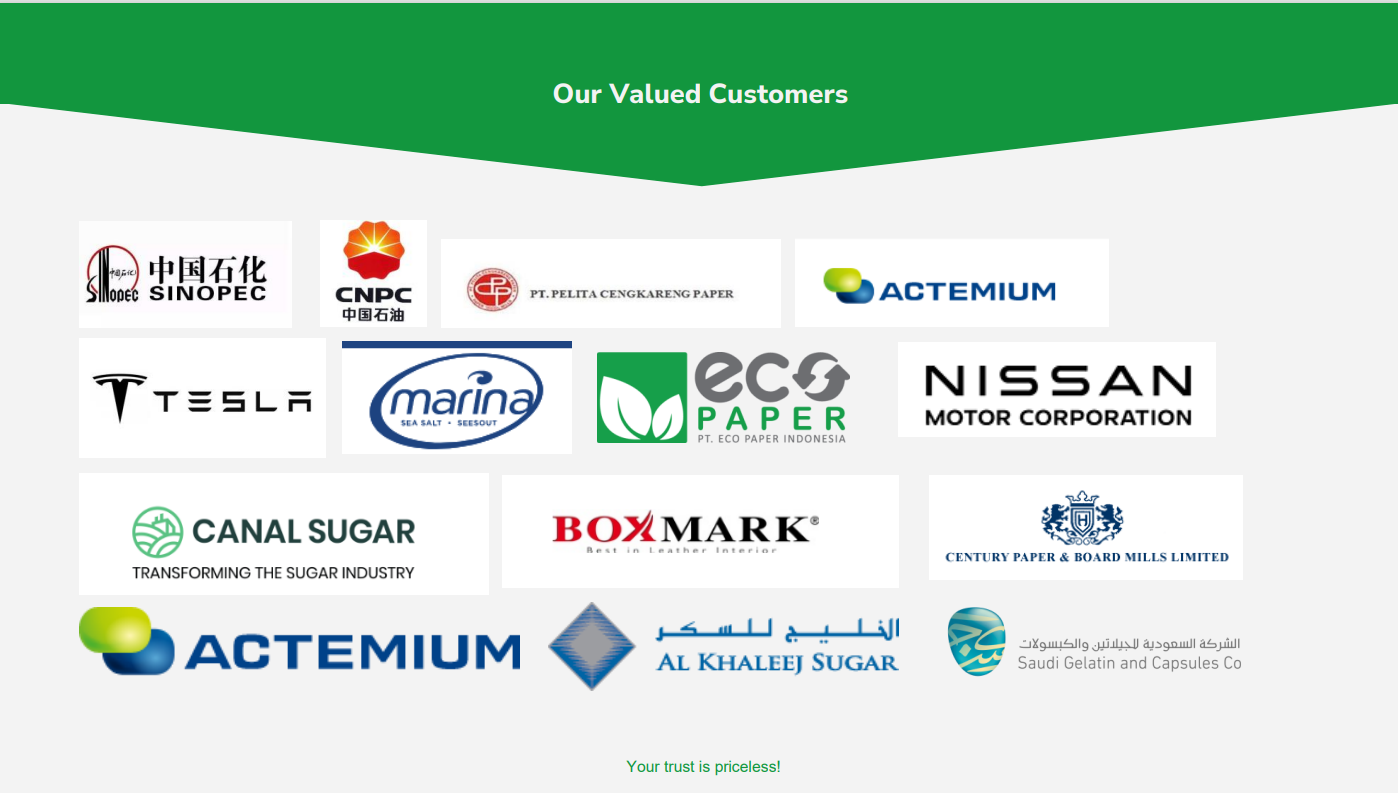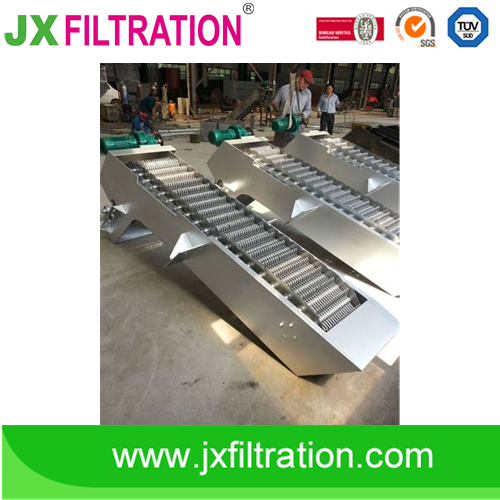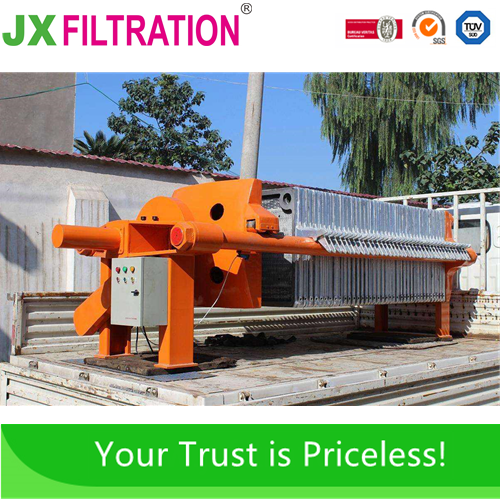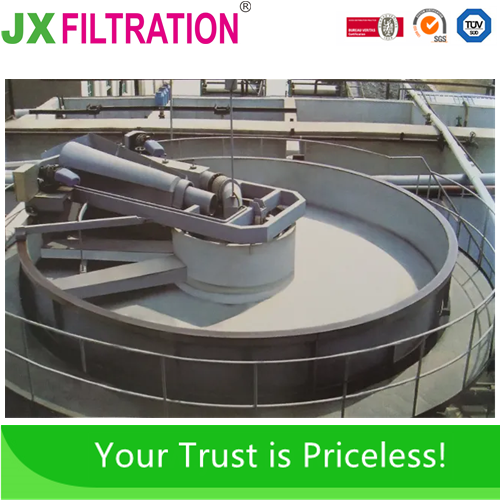Printing and Dyeing Wastewater
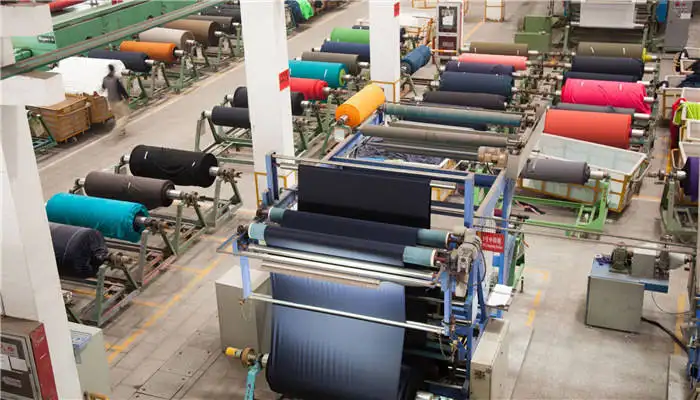
Features
Printing and dyeing wastewater is the wastewater discharged from printing and dyeing factories that mainly process cotton, linen, chemical fibers and their blended products. Printing and dyeing wastewater has a large amount of water, 100-200 tons of water is consumed per ton of textile printing and dyeing, of which 80-90% becomes wastewater.
Textile printing and dyeing wastewater has the characteristics of large water volume, high content of organic pollutants, high alkalinity, and large changes in water quality, and is one of the difficult industrial wastewater to treat. Wastewater contains dyes, pulp, additives, oils, acid and alkali, fiber impurities, sand-like substances, inorganic salts, etc.
Processing technology
The common treatment methods of printing and dyeing wastewater can be divided into three categories: physical method, chemical method and biological method. Physical methods mainly include grids and screens, regulation, sedimentation, air flotation, filtration, membrane technology, etc.; chemical methods include neutralization, coagulation, electrolysis, oxidation, adsorption, disinfection, etc.; biological methods include anaerobic oxygen biological method, facultative biological method.
Any requirements, contact us now!
Grace
Email:grace@filtrationchina.com
Mobile/Whatsapp/WeChat:+86 17269571160
